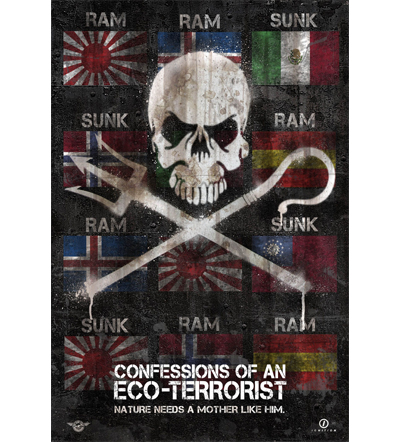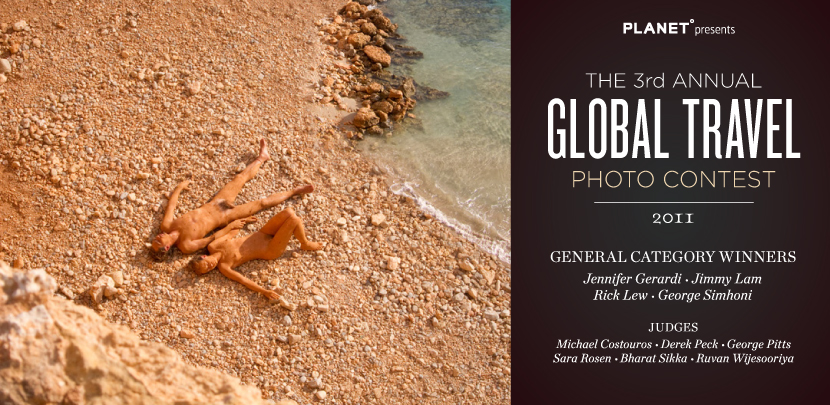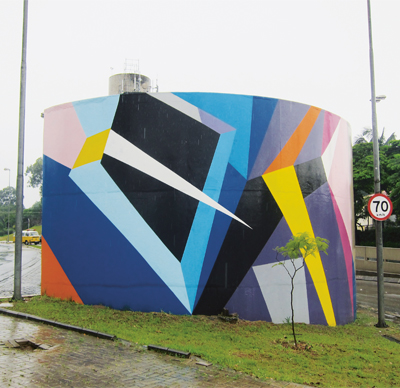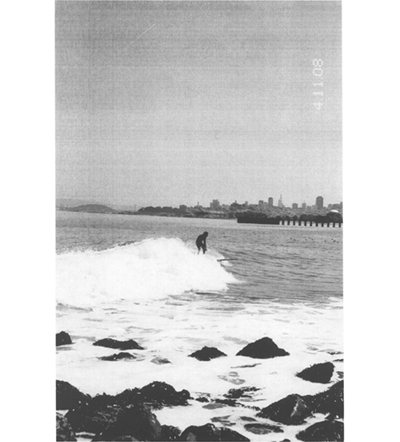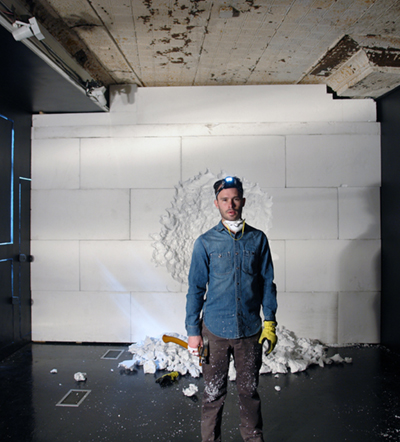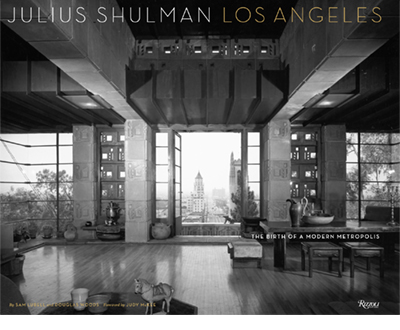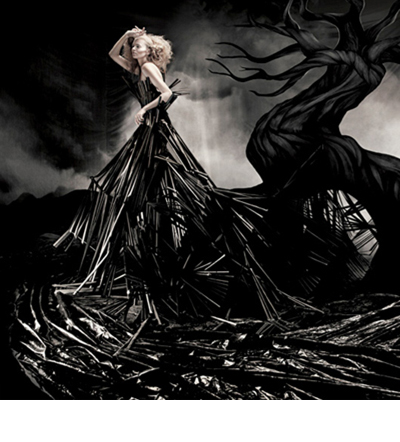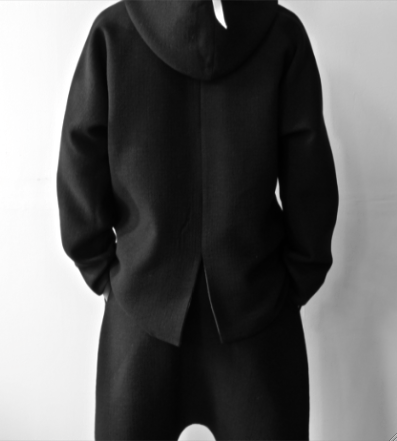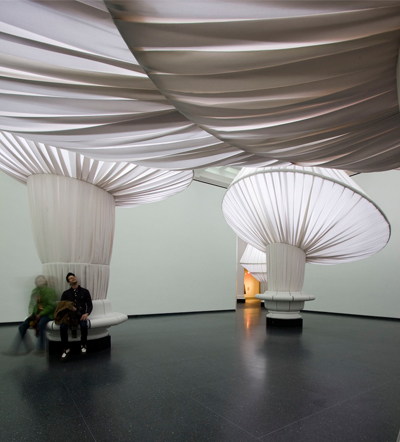
image courtesy of Situ Studio
Classical architecture carries powerful, authoritative associations, so much so that it can make even the loveliest space feel a bit stodgy and out-of-touch. So reORDER, an installation in the Great Hall of the Brooklyn Museum by local designers Situ Studio, is quite a feat. The installation takes the museum’s fine, neoclassical hall and gives it new life, reshaping it as a funky, informal event space.
The original museum building, designed by acclaimed nineteenth-century architects McKim Mead and White, is a stately, symmetrical mass graced with exquisite details like the Doric columns in its central hall. Through studying and manipulating the column profile Situ Studio invented sixteen new, unique profiles, and clad the existing columns with them. Each new column enclosure has a wide, solid base that can serve as a seat or as a ledge. And each one is topped with a soft, swollen, mushroom-like cap made from pleated white sailcloth draped over concealed wood hoops. The tops tip gently in different directions, obscuring the idea that columns are rational, weight-supporting elements. The overall effect is startling. The lucid geometry of the space vanishes, as does simple passage through it. The columns take over like giant, benevolent creatures. And the space, a central one that connects several galleries, becomes an engaging diversion.




 Facebook
Facebook Permalink
Permalink Digg
Digg Reddit
Reddit LinkedIn
LinkedIn StumbleUpon
StumbleUpon Tumblr
Tumblr
